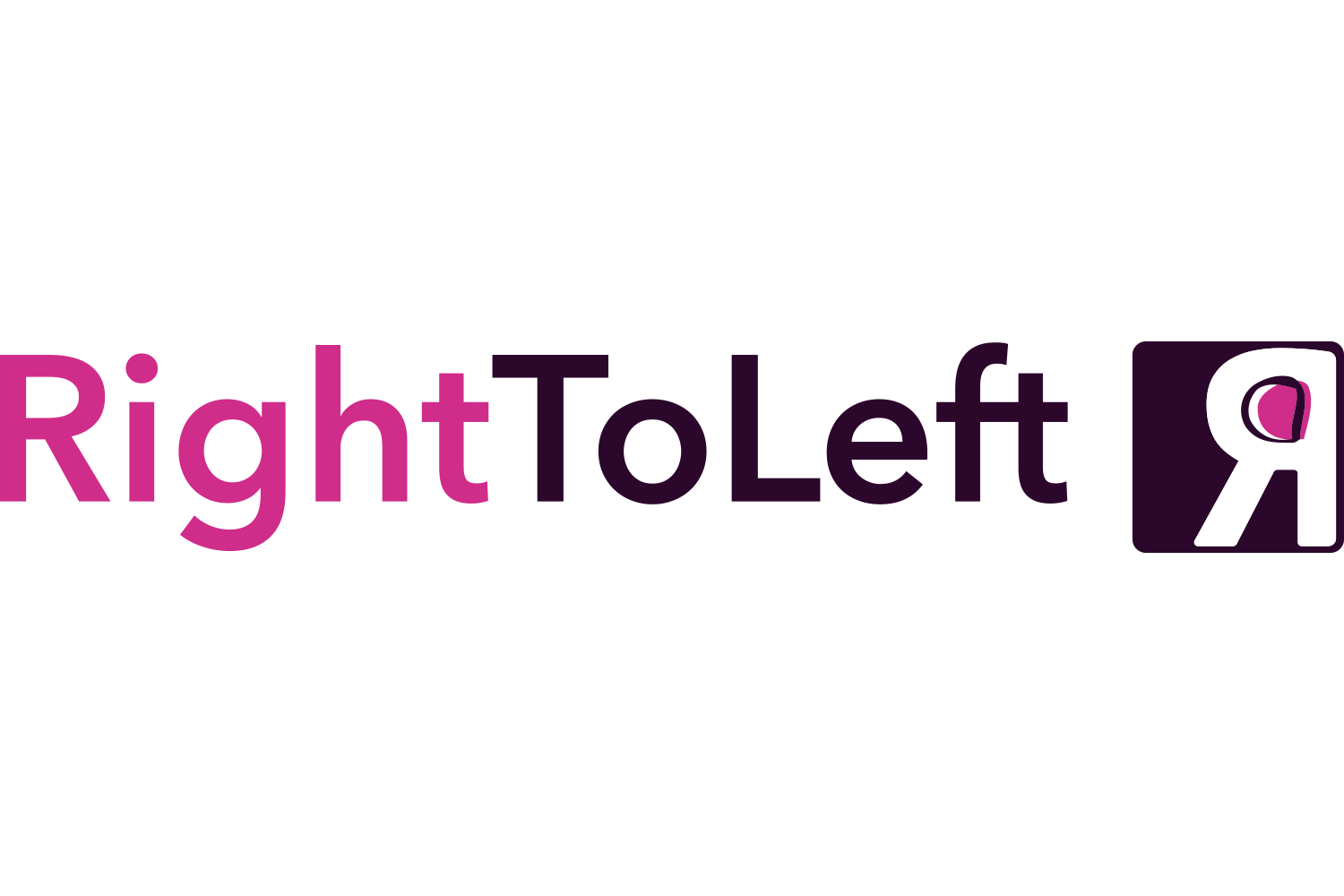Only a lean business case puts outcomes first
We often read about sexy, start-up product management techniques, but they are not always easy to embrace inside a large enterprise. Big companies have:
Legal restrictions to consider
existing revenues to protect
complex politics to navigate
economies of scale to achieve
policies to follow, and
an established culture
What, then, needs to change so that large enterprises can innovate?
The processes and bureaucratic challenges that large enterprises have established over the years are serious obstacles for innovation, and cripple product managers that try to improve value proposition and create growth.
There is an answer. It’s originates from a huge Japanese enterprise known as Toyota, and is over sixty years old. It has now been embraced by many of the large enterprises that lead the world’s innovative landscape on the internet. And, more recently, Eric Ries has re-packaged the processes for tech start-ups. It is lean development.
I can’t even begin to educate you on the full details of lean in just one blog post. Instead, I’ll explore one particular enterprise obstacle that prevents valuable, profit-making innovation in hundreds of thousands of companies (if not millions) all over the world. That is…
How do you get funding for new product development?
The standard business approach adopted by many is to build a business case. This case needs to illustrate that there will be return on the company’s investment. Given that a business is a profit factory, it is fair enough that they require a return. The issue is that the business cases are fictional.
Yep, you read that right. They are made up. It’s no coincidence that they all see profit in year three (or five depending on how risk adverse your firm is), that research data always backs up the decisions and that everyone always lives happily ever after. The business case is total bullshit and pretty much all enterprise leaders know this to be true.
So, why does leadership so frequently insist on this dance to get funding? The excuse is normally that it encourages the kind of thinking which results in a successful outcome. What a joke! All it actually does is provide Teflon-coated political protection when the investment goes sour. It will be fished out so that the executive can sustain confidence with their stakeholders.
The concept of a business case actually encourages managers to obtain research that supports their ideas and exaggerate its potential, often by widening the addressable market. As such, a common byproduct is that projects become bigger and more costly in order to chase a larger fictional return.
How can lean help?
Lean tells us to forget the business case; to avoid the traditional, outdated business tool that attempts to predict the future like some fortune-teller conning us out of our silver. Instead, it tells us to focus on learning more about the business model.
Tools like the business model canvas (BMC) help product managers to learn whether or not the business model works, and how to improve it. They start by identifying the assumptions that have been made in order for the business model to work. They then reframe them as hypotheses for use in lean experiments or MVPs. It often requires little to no technical development to learn more about the assumptions made, and the feedback always provides key learnings from which PMs can evolve or pivot the business model.
Lean funding should be allocated to proposed business models based on the volume of learnings collected from experiments. This way, great ideas can be evolved (ie, changed!) through true value proposition and addressable market discovery before commitments are made, both by the product manager and by the accountants. The discovery phase can be days, weeks or months; it depends on the level of unknowns and the disruptiveness of its nature. Either way, the amount of funding given should start small, and be increased as more learnings provide more confidence in the model.

